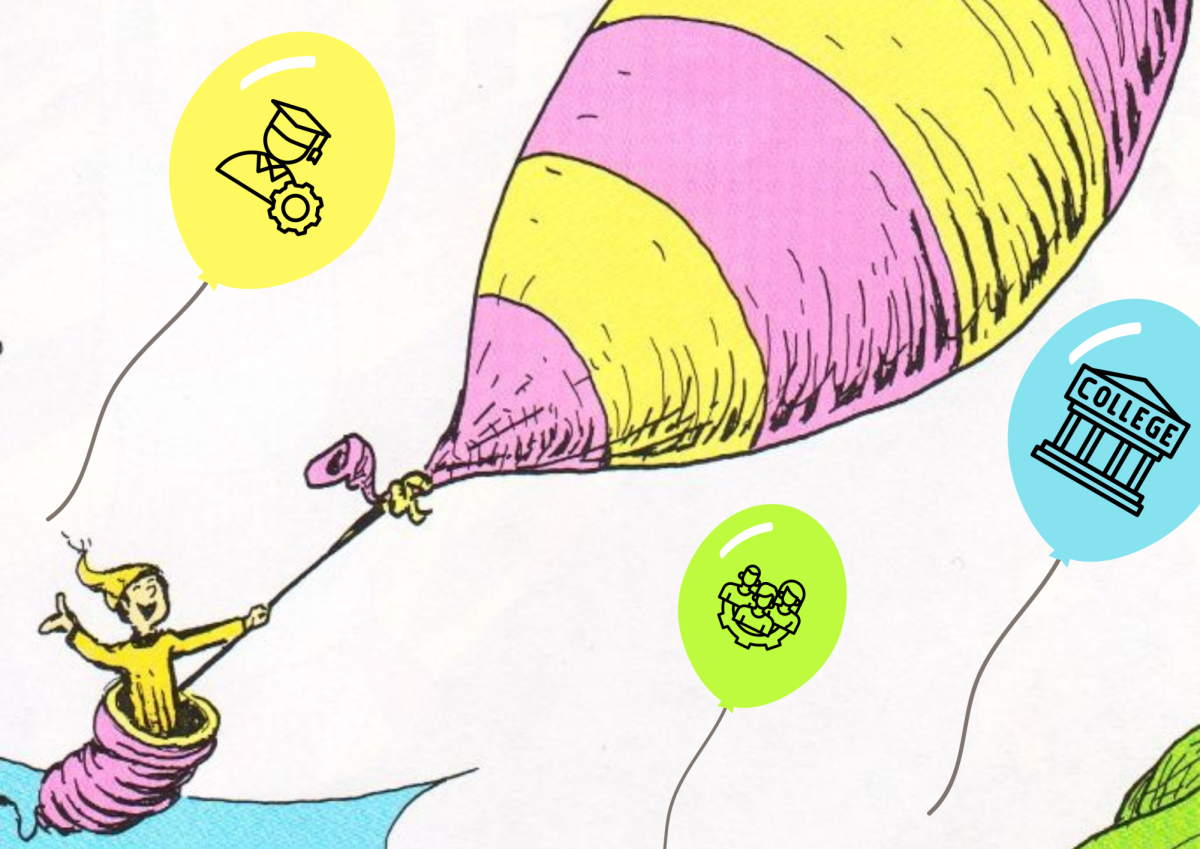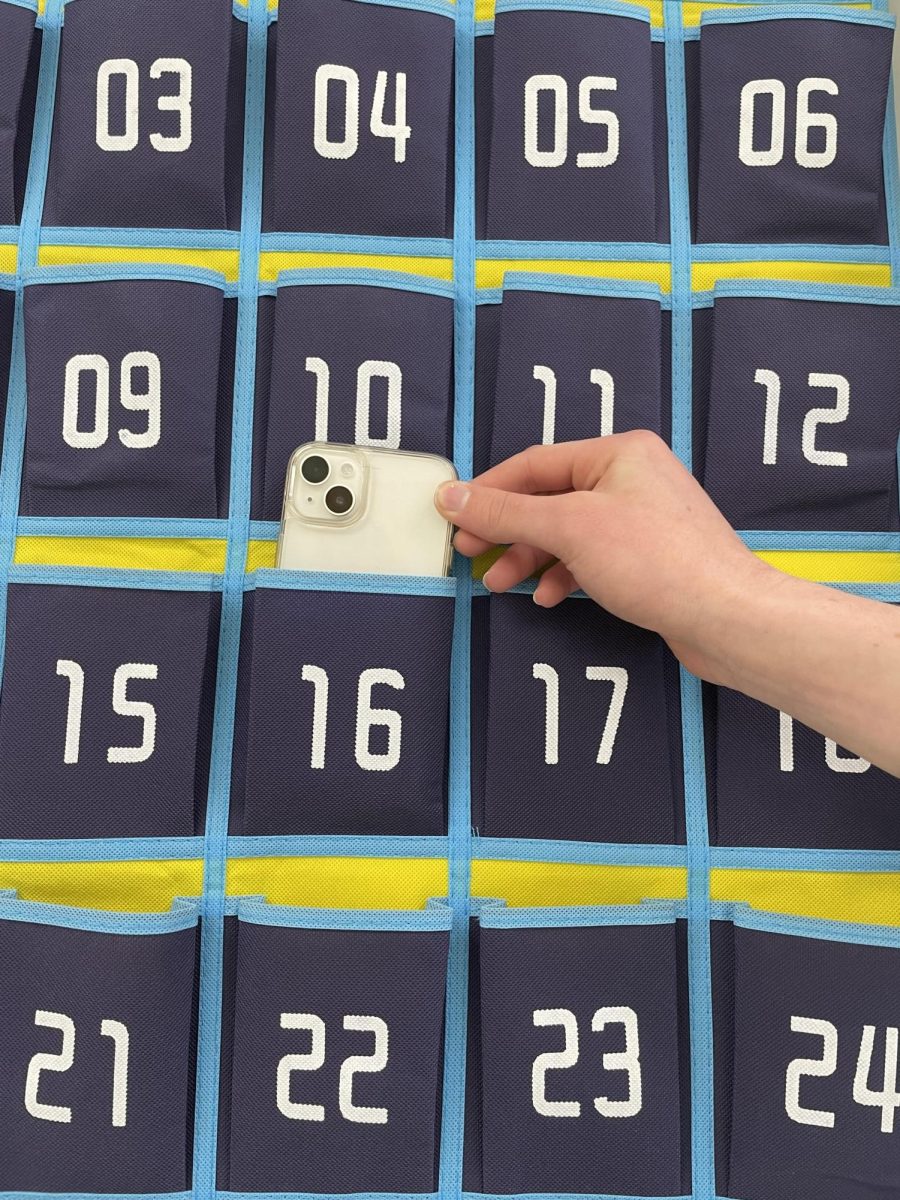The Buried History Of Valentine’s Day
Valentine’s Day has been celebrated as a day for love, as poets throughout the centuries created works of literature that has dramatically its original origin practices.
February 7, 2023
The season of appreciation is just around the corner, and the day for affection, love, and friendship has buried its origins being lost in between the chocolate-shaped hearts and bouquets of roses creating Valentine’s Day historical practices to dramatically shift throughout the centuries.
The earliest speculated origin of Valentine’s Day is in ancient Rome around 600 B.C.E. The Romans would celebrate “the feast of Lupercal” or “Lupercal”, where members of the priesthood would practice the sacrifice of goats and dogs to the Rome God of fertility, Lupercus, in the belief that it would help with fertility and health in their lives. In the next part of their celebration of this day, which was mainly practiced on February 13th through February 15th, the women of the city would write their names down and put them in a pot.
According to Grace Walsh’s article, Valentine’s Day origins: why do we celebrate it and who invented it?, the “unmarried men would then take turns choosing a name at random. Whoever they chose would be their partner for the year.” Most of these arrangements often lead the two to get married.
Another event that is cited as the origin of Valentine’s Day is the execution of Saint Valentine of Rome. In the 3rd century AD, he was beheaded by the Roman Emperor Claudius II for helping soldiers to get married when marriage was forbidden during that time. Emperor Claudius II banned marriage and engagements because he thought the Roman men were unwilling to join the army because of their strong relationships with their wives.
Before Saint Valentine was beheaded, however, he was sent to prison where he befriended the jailer’s blind sister Julia. Grace stated in her article “the evening before his execution, Valentine wrote a note to her and signed it ‘From your Valentine.’” This is most likely where the phrase “your Valentine” came to be.
St. Valentine’s association with romance is not only because he was known as the patron saint of lovers. In 496 AD, Pope Gelasius I described Saint Valentine of Rome as a martyr like those “whose names are justly revered among men, but whose acts are known only to God”, officially canonizing Valentine as a saint. Gelasius then established February 14th as the feastday of St. Valentine, creating the connection between St. Valentine and the date that would soon become Valentine’s day.
Since then Valentine’s Day has been celebrated as a day for love, as poets throughout the centuries created works of literature changing the meaning and celebration of St. Valentine’s Day. Over time it became a holiday for love and appreciation, not only for couples but for non-romantic relationships to show how much a person deeply cares for others in their lives

















































